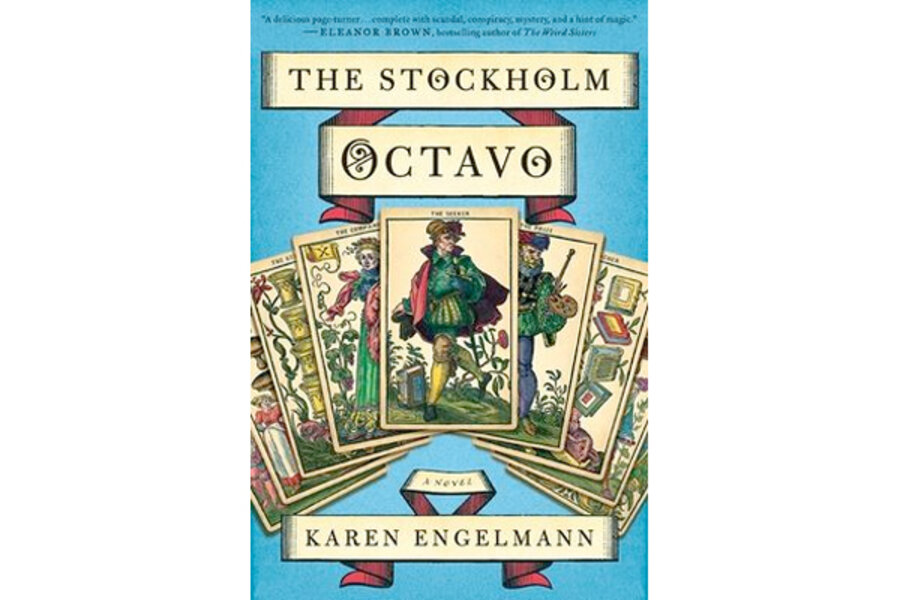Karen Engelmann's absorbing debut doesn't traffic in mystery so much as Mystery with a capital “m.” There's cartomancy, female apothecaries, and in this case, magic wands in the form of gorgeously crafted fans.
Set in 18th century Sweden, “The Stockholm Octavo” follows dueling conspirators – a Frenchwoman with a gift for cards and a widowed noblewoman determined to replace reform-minded King Gustav with her lover, who happens to be the king's brother. At the unwilling center is Emil Larsson, a hustler who used his ability at cards to secure a position as sekretaire who is a confidant of the Frenchwoman. “She said there were only two players she knew with my dexterity: one was herself and the other was dead.”
Emil just wants to marry a wine merchant's daughter and take enough bribes to live comfortably in Stockholm, but his ambitions get sucked into the larger game being played between Mrs. Sparrow and the Uzanne, who teaches court intrigue and the esoteric language of the fan to young noblewomen. The fans themselves have personalities, with one, Casseiopeia, said to be imbued with black magic.
Other players include Johanna Grey, a teenage herbalist on the run from the abusive man her mother picked out for her; a middle-class calligrapher who longs to become a baronet; an actress and her mother; a sea captain; and an expert maker of fans and his wife, who have fled revolutionary France. As she deftly shuffles characters, Engelmann's hand moves faster than a reader's eye in a thoroughly engaging story of intrigue and gamesmanship.







